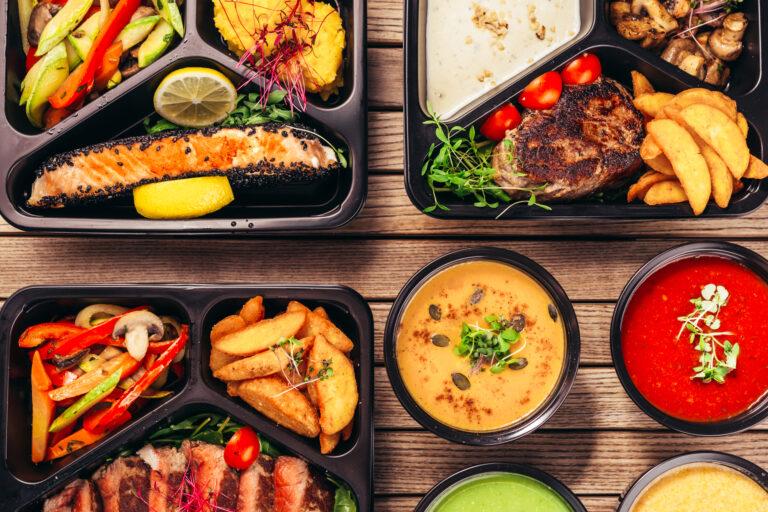In the article published on November 14, 2022, Iizuka and co-authors, investigated the association between individual urinary phthalate metabolite levels and their mixtures with leiomyoma diagnosis in 712 women with or without that fibroid tumor. The authors found that urinary levels of the principal metabolite of DEHP, MEHHP were most strongly associated with uterine leiomyoma diagnosis. MEHHP was also the compound that affected cell viability and apoptosis of primary leiomyoma and smooth muscle cells the most and at concentrations equivalent to those detected in the urine samples. The scientists further reported that MEHHP promoted leiomyoma cell survival and they concluded that MEHHP exposure represented “a high-risk factor for leiomyoma growth”.
In a review published on November 15, 2022, authors summarized the association between DEHP exposure and neurodevelopmental abnormalities and neurological diseases by reviewing human epidemiological and animal behavioral studies. The authors reported that DEHP exposure during critical periods of development increases “the risk of neurobehavioral abnormalities, depression, and autism spectrum disorders.”
Phthalates were among the priority substances selected for advanced human biomonitoring under The European Human Biomonitoring Initiative (HBM4EU) between 2016 – 2022, and the mixture risk of five phthalates was evaluated, using the hazard index approach.
The results indicated “that 17% of the European children and adolescents are at risk from concurrent exposure to five reprotoxic phthalates.” DnBP and DIBP were found to drive the most risk within the mixture. The authors further reported that if single substances had been evaluated, 63% of the risk from combined phthalate exposure would not have been noticed. The overall hazard index was 0.44 (geometric mean). However, if co-exposures to further anti-androgenic chemicals would be considered “substantial exceedances of 83% and 95% are observed.”
In an article published on November 8, 2022, the authors analyzed five phthalates contained in and migrating from polypropylene (PP) takeaway plastic boxes and coverings.
All five phthalates were detected in all samples with DEHP and DBP leaching at the highest levels into n-hexane and the other food simulants. Phthalate migration increased with higher temperatures. Furthermore, migration was dependent on the combination of phthalate type and food simulant. While DBP, BBP, and DEHP showed a higher migration into acetic acid, DMP and DEP preferably migrated into n-hexane. The authors concluded that “phthalate contents in dietary exposure did not surpass the concentration that could represent a risk to human health.” However, the authors pointed out that they only used articles from one brand and made of one polymer type and, consequently, they “may not fully represent all the takeaway packaging plastic boxes on the market.”
Opposed to the findings of Wang et al, a review published in 2021 examining 38 human health studies concluded that regulatory ‘safe’ limits for human exposure to phthalates may be set at levels not sufficiently protective of human health.

